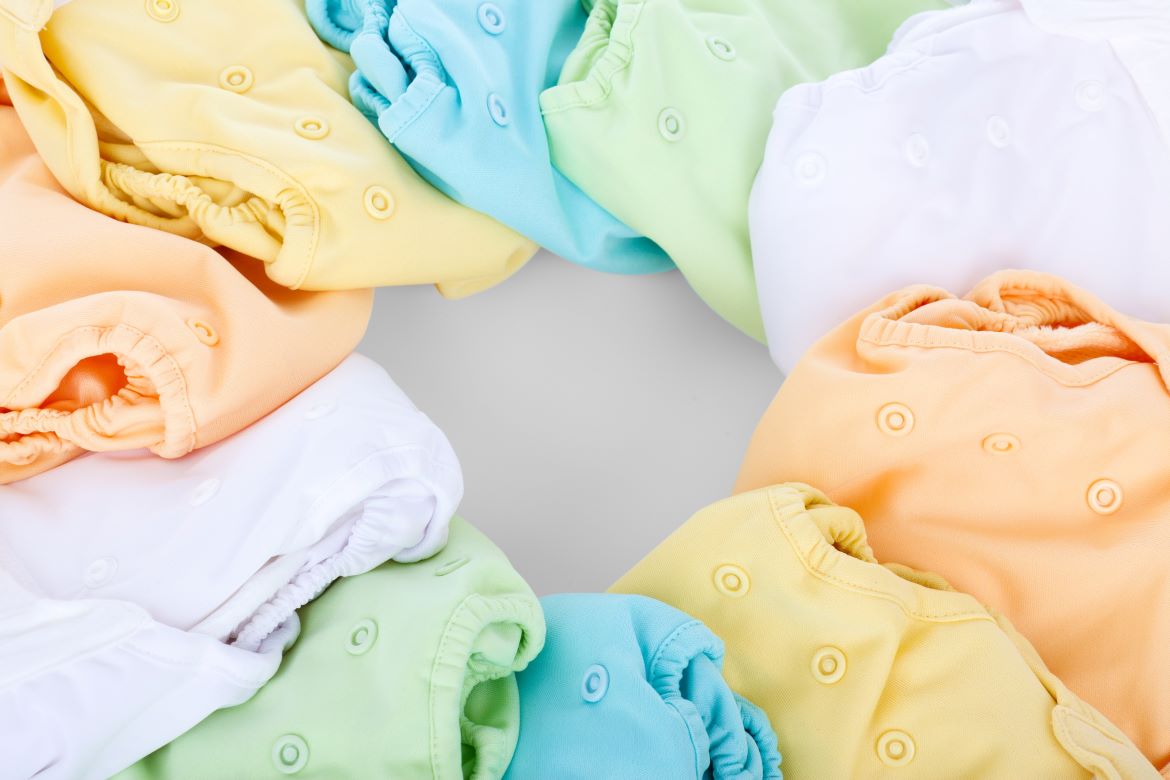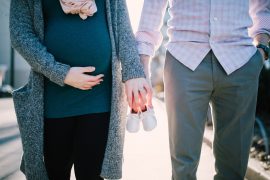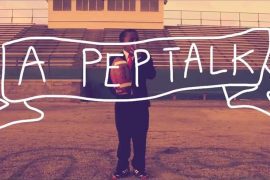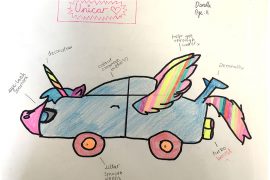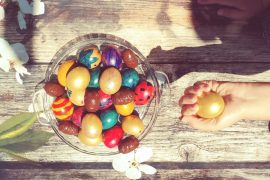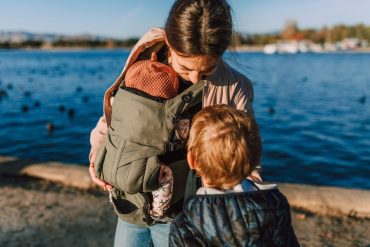By Kate Meads
When a new baby arrives in the house, so many things change. Your routine turns into what routine? Your total outlook on life changes because you have a little person to love and protect. And your waste increases by about 50% because of all of the disposable products we tend to use for babies.
Over the following years, the baby grows and so do the things we waste. Disposable nappies, single use products, food scraps from half eaten foods, plastic and packaging from toys… the list goes on.
One of the things we seem to have lost touch with is, where does all of this unnecessary waste end up? Well, I can tell you. It ends up in a landfill, which is like a time capsule of our obsessive plastic-packaged disposable generation.
We seem to think that it will all go away one day. But we are filling up our precious planet with rubbish that will become a problem for future generations, which includes your kids and grandkids. Who will tidy up the 8 million tonnes of plastic going into the ocean every year? Who faces the potential of contaminated land and unswimable lakes and rivers? Future generations, that’s who.
Our grandparents were frugal and didn’t waste anything, our parents were facing the beginning of disposable products but were still keen to recycle and recover products, and our generation has created a monster that our kids will be left trying to fix long after we are all gone.
I have been educating parents for a number of years on what a landfill is, why we need to proactively reduce waste and recycle properly, what happens when you flush the so-called flushable products down the toilet, and most importantly, why we need to make some serious changes in our behaviour towards waste.
In this article, I want to share some top tips for reducing waste with you that are simple and should be day-to-day no-brainers!
“Flushable” products:
Flushable liners and wipes, sanitary products, kitchen paper towels and anything that is not toilet paper are… not flushable. They block council sewer lines! If you do flush any of these products, the potential outcome is that they get stuck in the sewer line and cost a fortune to tidy up. If they do somehow get through, they get scooped out at the wastewater treatment plant and are sent to landfill.
Takeaway coffee cups:
A person that has one takeaway coffee per day (Monday – Friday) will send 260 coffee cups to the landfill per year. The obvious solutions here are simple, get a reusable cup and reuse it hundreds of times, or take an extra 10 mins out of your day and sit and drink it at the café and read the paper.
There are tonnes of options these days, so you’re spoilt for choice really!
Left over kids food scraps:
Kids often take a bite or slobber all over their food and then we throw it away. The best system to dispose of uneaten (or partially eaten) food is a Bokashi bin. This is the only system that I know of that you can put meat scraps (Raw and cooked), and slobbered on foods into. It is a simple two bin system that doesn’t smell, and breaks down food really quickly in a small space.
Check it out here for more info.

